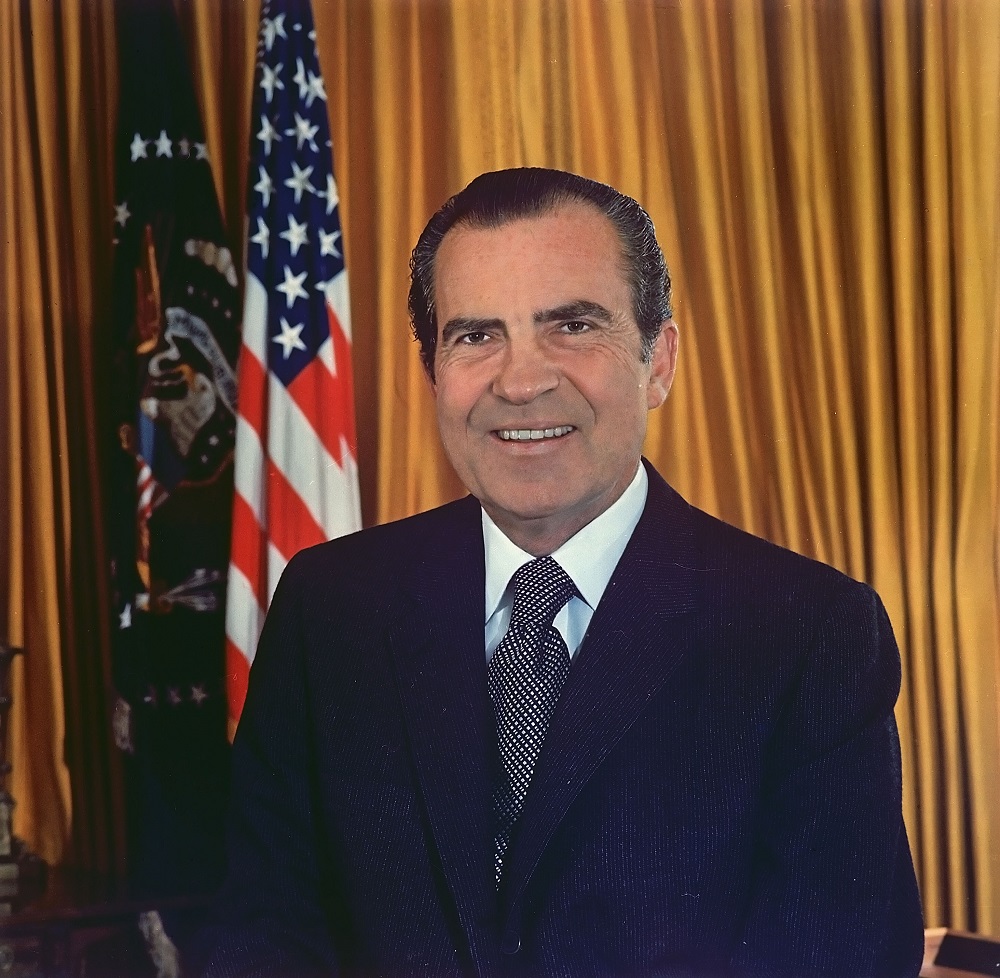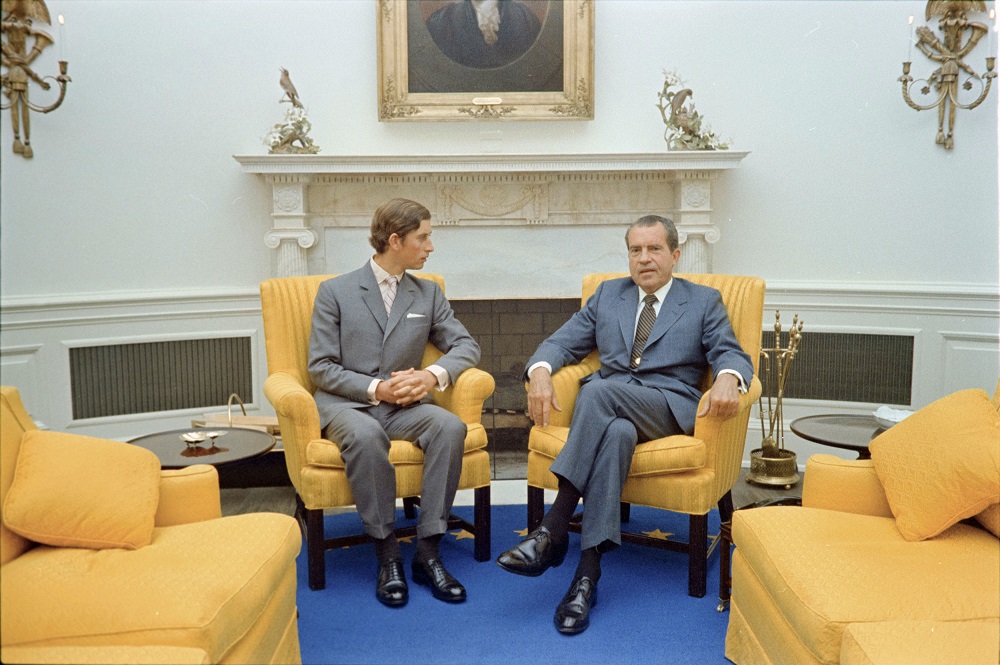The Watergate scandal remains one of the most infamous political controversies in American history. It not only led to the resignation of President Richard Nixon in 1974 but also forever changed the public’s trust in government. But what exactly happened during the Watergate scandal? Who was involved? And how did it reshape American politics? This article breaks it all down.
What Was the Watergate Scandal?
The Watergate scandal refers to a complex web of political espionage, cover-ups, and abuses of power that unfolded during the early 1970s. The name “Watergate” comes from the Watergate complex in Washington, D.C., where the Democratic National Committee (DNC) had its headquarters.
On June 17, 1972, five men were caught breaking into the DNC office. At first glance, it seemed like a routine burglary. But as journalists, investigators, and the courts dug deeper, they uncovered a conspiracy that reached the highest levels of government.

How did it start?
In the early morning hours of June 17, 1972, security guard Frank Wills noticed tape covering the latches of several doors in the Watergate complex. Suspicious, he called the police. Inside the DNC headquarters, five men were arrested: Virgilio González, Bernard Barker, James McCord, Eugenio Martínez, and Frank Sturgis. All had ties to the Committee to Re-elect the President (often mockingly called CREEP), which supported President Nixon’s campaign.
The burglars were attempting to wiretap phones and steal documents. While the White House initially denied any connection, the truth was much darker.
Nixon’s role in Watergate
At first, President Nixon claimed he did not know about the break-in. However, investigative journalism—especially by Bob Woodward and Carl Bernstein of The Washington Post—revealed connections between the burglars and Nixon’s administration.
The real turning point came when it was revealed that Nixon had secretly recorded conversations in the Oval Office. These tapes became central to the investigation. Despite Nixon’s attempts to withhold them, the Supreme Court ruled in United States v. Nixon (1974) that he must turn them over.
One tape, recorded just days after the break-in, showed Nixon and his Chief of Staff, H.R. Haldeman, discussing using the CIA to block the FBI’s investigation. This was the “smoking gun” that proved Nixon had attempted to obstruct justice.
The cover-Up
One of the most disturbing aspects of the Watergate scandal was the systematic effort to cover it up. Members of the Nixon administration paid hush money to the burglars, pressured the CIA to interfere with the FBI, and destroyed evidence.
Nixon also fired special prosecutor Archibald Cox in what became known as the “Saturday Night Massacre.” This move triggered a national outcry and further eroded public trust.
Several top Nixon aides—including John Ehrlichman, H.R. Haldeman, and John Mitchell—resigned or were fired. Many were later convicted of crimes related to the scandal.
Congressional hearings and the tapes
The Watergate scandal prompted the U.S. Senate to form a special committee to investigate. These hearings were televised and captivated millions of Americans. Witnesses gave damning testimony about the administration’s involvement.
Perhaps the most dramatic moment came when former White House aide Alexander Butterfield revealed the existence of the secret taping system. This changed the course of the investigation entirely.
Nixon tried to claim “executive privilege” to keep the tapes private, but the Supreme Court unanimously ruled that he had to release them. When the tapes were made public, the evidence was overwhelming.
Nixon resigns
On August 8, 1974, facing certain impeachment and removal from office, Richard Nixon announced his resignation. He became the first (and so far, only) U.S. president to resign. The next day, Vice President Gerald Ford was sworn in as president.
In a controversial move, President Ford later granted Nixon a full pardon for any crimes he might have committed while in office. Ford claimed this was necessary to heal the nation, but many saw it as a political favor.
The impact of the Watergate scandal
The Watergate scandal left deep scars on the American political landscape. Its most immediate effect was the erosion of trust in government. Americans had seen firsthand how powerful figures could lie, cheat, and break the law—and then try to cover it up.
The scandal also led to several reforms:
• Campaign Finance Reform: The Federal Election Campaign Act was amended to place limits on contributions and spending.
• Greater Transparency: The Freedom of Information Act (FOIA) was strengthened, making it easier for citizens to access government records.
• Independent Investigators: Congress passed laws to create special prosecutors who could investigate high-level government officials without interference.
Watergate also changed the way journalism was viewed. Investigative reporters like Woodward and Bernstein became national heroes, and journalism was seen as a key player in defending democracy.
Key figures in the Watergate scandal
Understanding the Watergate scandal means knowing the major players involved:
• Richard Nixon: 37th President of the United States, ultimately resigned.
• John Dean: White House Counsel who testified against Nixon and exposed the cover-up.
• Bob Woodward & Carl Bernstein: Journalists who uncovered crucial details of the scandal.
• Mark Felt (“Deep Throat”): The anonymous source who helped guide Woodward and Bernstein; his identity was revealed decades later.
• G. Gordon Liddy & E. Howard Hunt: A Former CIA agent who organized the break-in.
Each of these individuals played a role in either perpetuating the scandal or bringing it to light.
Why the Watergate scandal still matters today
The Watergate scandal is more than just a historical episode; it serves as a cautionary tale about the abuse of power. It reminds us that no one is above the law—not even the President of the United States.
In today’s world, where political polarization is high and accusations of corruption are common, Watergate offers an important lesson. Transparency, accountability, and a free press are essential components of a healthy democracy.

Conspiracy theories and myths
Like many major events in U.S. history, the Watergate scandal has also inspired its share of myths and conspiracy theories. Some believe that there were deeper motives behind the break-in, such as covering up more serious crimes. Others argue that Nixon was unfairly targeted by political enemies.
However, the overwhelming evidence—including Nixon’s own words on tape—leaves little room for doubt. The Watergate scandal was a genuine abuse of power, and its exposure was a triumph of democratic institutions.
Legacy of Watergate
The Watergate scandal changed how Americans view the presidency. Before Watergate, the office was often viewed with awe and reverence. Afterward, skepticism became the norm. Presidents would now be scrutinized more closely, and public demand for transparency increased.
The suffix “-gate” has also become shorthand for political scandal. From “Deflategate” to “Bridgegate,” the legacy of Watergate lives on in our language and our culture.
Conclusion
The Watergate scandal was a defining moment in American history. What began as a seemingly minor break-in quickly unraveled into a vast political conspiracy that reached the Oval Office. It led to the resignation of a sitting president, exposed widespread corruption, and ushered in a new era of political awareness and accountability.
For future generations, the lessons of Watergate remain vital: democracy depends on the rule of law, the vigilance of the press, and the courage of individuals to speak the truth—even when it’s inconvenient.
Check out: The Shocking Truth Behind the 5 Darkest Days in American History.
